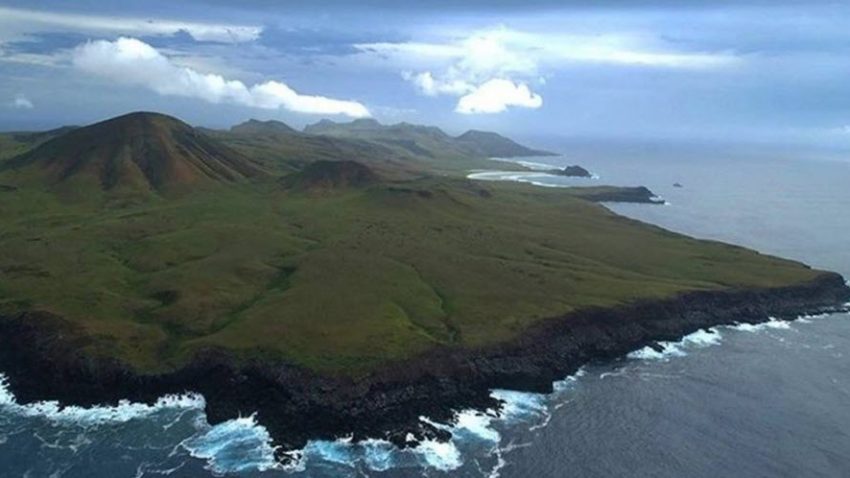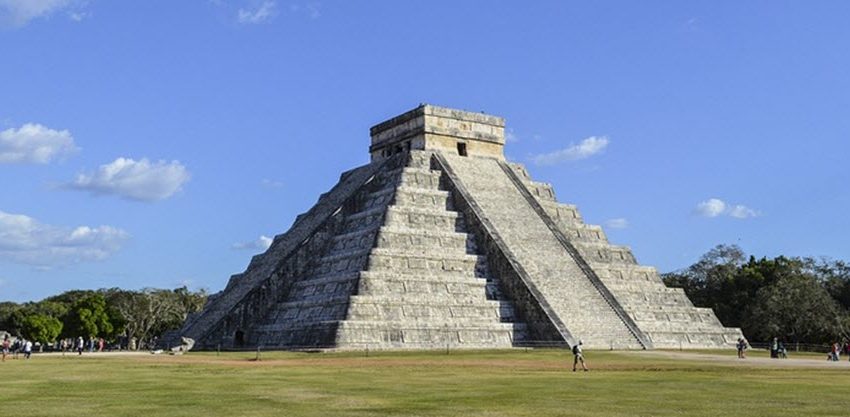Introduction to Whale Watching in Baja California
Whale watching in Baja California offers a remarkable opportunity to observe these magnificent marine mammals in their natural habitat. This region, situated in northwestern Mexico, is renowned for its diverse marine life and pristine seascapes. Travelers from around the world visit this area to witness the extraordinary spectacle of whales migrating along the Pacific coast.
The Best Time for Whale Watching
The ideal period for whale watching in Baja California spans from December to April. During these months, several species of whales migrate to the warm waters off the coast to breed and give birth. The most notable among these are the gray whales, but visitors may also encounter humpback whales, blue whales, and occasionally orcas.
Peak Season Highlights
During the peak whale-watching season, several highlights can be noted.
Gray Whales: Gray whales are particularly famous in this region. Baja California is regarded as one of the best places globally to observe these gentle giants. They migrate from the Arctic to the warm lagoons of Baja, where they can be observed in large numbers. These creatures are known for their long migrations, covering thousands of miles each year.
Humpback Whales: Known for their acrobatics, humpback whales are frequently seen breaching and slapping their tails on the water’s surface, offering a spectacular show for onlookers. These whales are famous for their long pectoral fins and complex songs, which can be heard underwater.
Popular Whale Watching Spots
Baja California boasts several prime locations for whale watching. The region includes a variety of habitats that attract these large marine mammals, providing ample opportunity for observation. Some of the most popular spots include:
Guerrero Negro
Located in the northern part of Baja California, Guerrero Negro is a renowned destination for whale watching. The shallow lagoon provides an ideal setting for gray whales to gather, and often offers opportunities for close encounters. This area also supports a rich diversity of bird life, making it a dual-purpose destination for wildlife enthusiasts.
San Ignacio Lagoon
This biosphere reserve is another critical location for gray whale migration. San Ignacio Lagoon is one of the few places where humans can potentially interact with whales due to their curious nature. Tours often provide knowledgeable guides who can offer detailed information about the biology, behaviors, and conservation of these impressive animals.
Magdalena Bay
Located along the Pacific side of Baja California Sur, Magdalena Bay is a favored birthing area for gray whales. Its sheltered waters create a safe environment for mothers and their calves. The bay offers scenic views and a peaceful setting, augmenting the experience of whale observation with its tranquil scenery.
Whale Watching Tours
Several tour operators offer guided whale watching excursions in Baja California. It is advisable to select companies that prioritize environmentally responsible practices. Responsible tourism ensures that the activities do not disturb the whales while also supporting local economies.
Most tours provide boats of varying sizes, equipped with knowledgeable guides who narrate the journey, enriching the experience with valuable information on marine ecosystems and conservation efforts. Participants of these tours can learn about the ecological significance of the whales and the critical issues facing their survival.
Conservation Efforts
The importance of whale conservation in Baja California is significant due to the region’s role as a breeding ground for various whale species. Preserving these habitats is essential for maintaining healthy whale populations. Conservation initiatives focus on minimizing human impact, promoting sustainable tourism practices, and enhancing awareness about marine life.
Efforts include monitoring whale populations, studying their migratory patterns, and implementing regulations to minimize disturbances. Additionally, educating the public about the importance of conservation helps foster a sense of stewardship and responsibility towards these majestic creatures.
Additional Resources
For further details on planning a whale watching adventure in Baja California, travelers can explore local tourism websites. These resources offer comprehensive insights, including information about the best times to visit, accommodations, travel tips, and booking processes for tours. Moreover, these platforms often provide educational content on marine ecosystems, allowing visitors to gain a deeper understanding of the environment they are observing. For more information, consider visiting Baja California tourism.
In conclusion, whale watching in Baja California is not just a breathtaking experience for nature aficionados but also supports the conservation and understanding of these majestic creatures. By participating in ethical whale watching practices, visitors contribute to the ongoing efforts to protect and preserve the rich marine biodiversity of this region.







